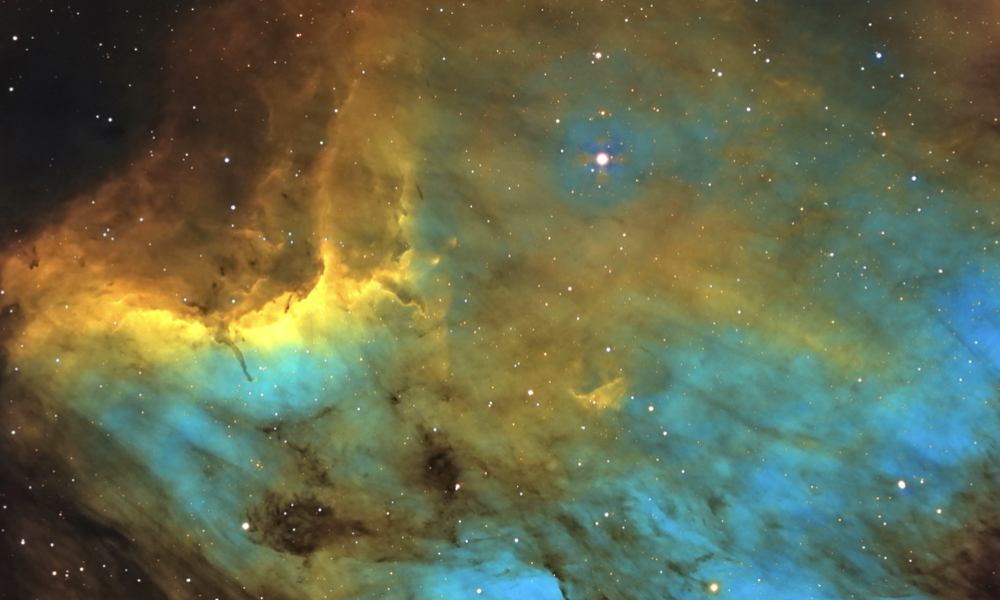EXORAS

PROJECT TITLE: New Haptic Arm Exoskeletons for Robotics and Automation in Space — EXORAS
Coordinator: Technical University of Cluj-Napoca
Partners:
- Transilvania University of Brasov
- University Politehnica Timisoara
Period: 19 November 2012 – 18 November 2015
Project director: Senior Lect. PhD Sergiu Dan Stan, Technical University of Cluj-Napoca, Department of Mechatronics and Machine Dynamics
Project team: Teaching staff and researchers from TUCN, TUB and UPT (336 person-month)
Description: The objective of EXORAS is to develop new haptic arm exoskeletons for robotics and automation in space
Project objectives:
- Analysis of existing exoskeletons in regard with mechanical/kinematic structure, actuation and control
- Development of new technical solutions, which eradicate the shortcomings of previous telemanipulation systems (especially meeting of requirements for lightweight, easy wearable and comfortable system)
- Design of mechanical parts, actuation systems and control modules
- Assembly, calibration and testing of prototypes
Activities:
- WP1 – Project Management
- WP2 – Dissemination Strategy & Operations
- WP3 – Exploitation Strategy & Report
- WP4 – Quality Plan
- WP5 – Concepts & Models
- WP6 – Development of Control
- WP7 – Application, Implementation & Innovation
Contributions to the STAR programme objectives:
- With stereo vision, an exoskeleton and a cyber-glove, astronauts can operate a robot equipped with an artificial hand far away from where they are physicaly.
- The impact will be to develop a new haptic arm exoskeleton to enable in-space force-feedback tele-manipulation with redundant robotic arms, and thus help enable new policies in Romania such as robotic exploration, as well as supporting Romania towards increased participation to ESA programs.
- The target application of such Exoskeleton is tele-manipulation of astronaut-like robots, operating in a remote harsh environment, by operators placed in a comfortable (but gravity-less) environment.
- EXORAS project can evaluate how VR and force-feedback can improve current astronaut training program.
Homepage:
